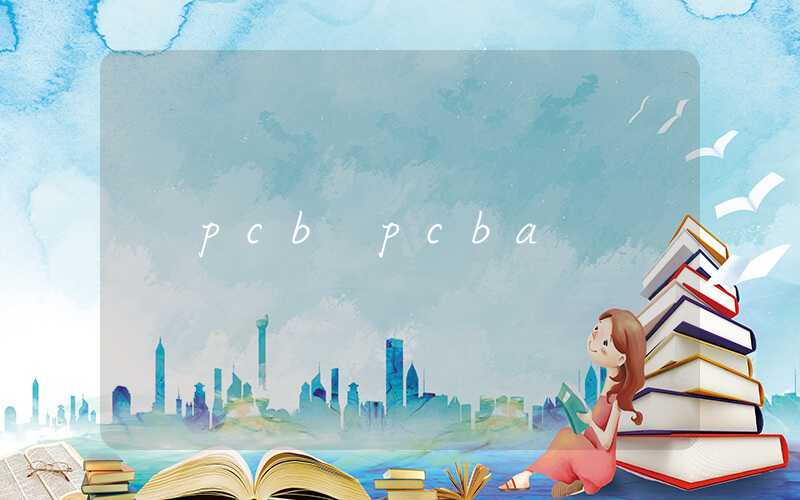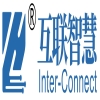Printed Circuit Board (PCB)
- A rigid or flexible substrate made of non-conductive material (e.g., fiberglass)
- Contains conductive pathways (traces) and metal pads
- Connects electrical components together
Printed Circuit Board Assembly (PCBA)

- A completed PCB with surface-mounted or through-hole components soldered in place
- Includes all active and passive components (e.g., ICs, resistors, capacitors)
- Functional electronic module
Key Differences:
- Stage of production: PCB is the bare substrate, while PCBA is the finished product.
- Components: PCB only contains conductive pathways, while PCBA has all the electrical components assembled and soldered.
- Function: PCB provides electrical interconnections, while PCBA is a functional electronic circuit.
Process Flow:
1. PCB Design: Design of the conductive pathways and pads on the substrate.
2. PCB Fabrication: Manufacturing of the PCB using etching or other methods.
3. Component Assembly: Placement and soldering of components onto the PCB.
4. Testing: Electrical testing to ensure functionality of the PCBA.
Advantages of PCB vs. PCBA:
- PCB:
- Lower cost for large quantities
- Ease of design changes
- PCBA:
- Reduced assembly time and labor costs
- One-step solution for complex assemblies
Applications:
Both PCBs and PCBAs are used in a wide range of electronic devices, including:
- Computers
- Smartphoness
- Wearables
- Automotive systems
- Industrial equipment
- Medical devices
 logo
logo
